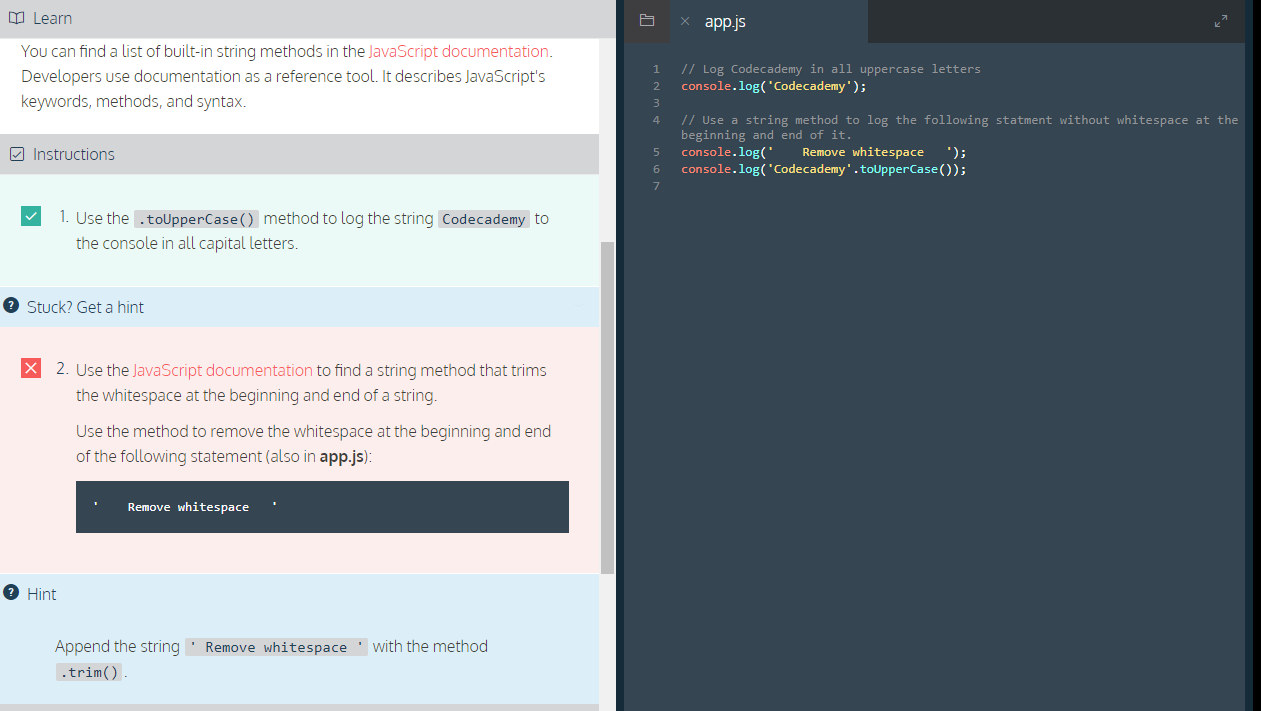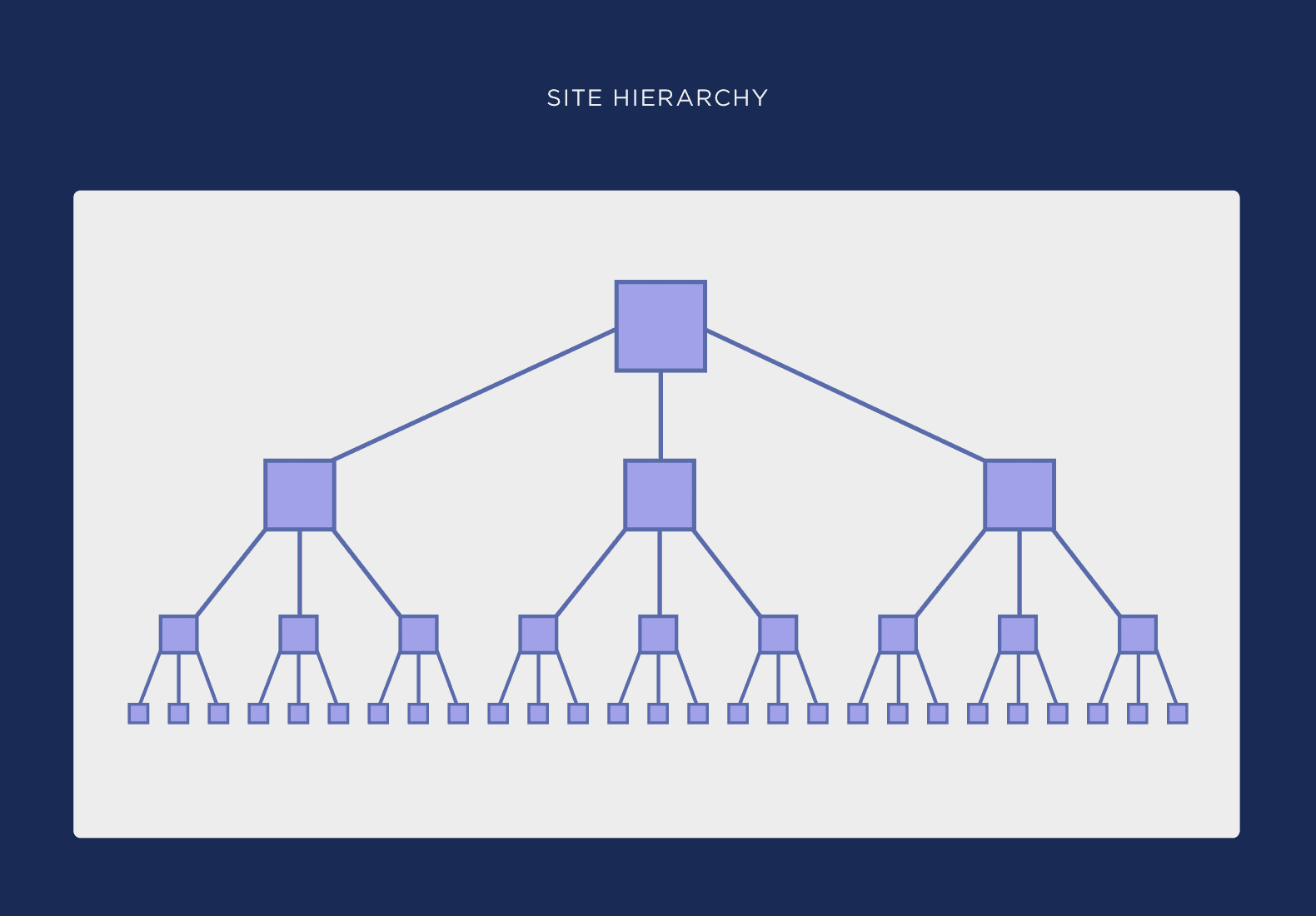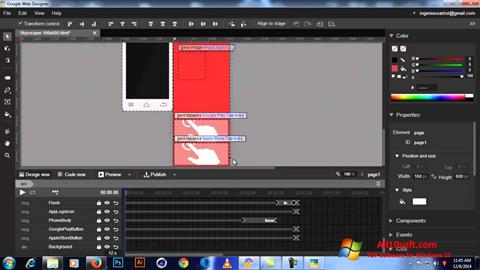
Web flow is an infrastructure that allows you to build rich web applications. It aims to solve three common problems faced by web application developers. This article will discuss Subflow, Flow, End state, Transition trigger. You can use webflow to design and customize your web applications and increase your online sales. It is easy to use, and you don't have to pay anything.
Flow
Webflow is a software-as a service platform for building websites. This platform offers a visual editor for people to create and launch their websites. It is currently used by 0.6% of the top 10 million websites on the internet. It is an American business based in San Francisco. It has been around for more than ten-years and has won numerous awards for its innovative website building platform.
The Webflow editor includes a builtin content management system (CMS), so customers can easily manage and optimize content. It also features SEO tools to make your website rank higher on search engines.

Subflow
A Subflow in webflow refers to a subflow that handles a particular process. These processes are known as states. Transitions can be used to link different states in a flow. A flow can have multiple ends states. Each representing a different pathway to the end state.
A Subflow in web flow can begin with a user entering their search criteria and proceeds to enter the end state. This is the state that was created by the parent flow's last operation. The child element on-render (or the child element) specifies whether the controller logic of the result should be invoked. When the subflow reaches its end state, it returns a result event, which is used in the parent flow to cause state transitions. When the parent flow responds to the result of the subflow, it also cleans up its resources.
End state
The End state is the final stage of a webpage flow. The active flow session is terminated, and the parent flow responds to an ending result event. A renderer can also be configured for the end state. The renderer will then be invoked.
Multiple End States can be defined by a web flow. Each End State will be assigned a unique ID. An end state can be linked to a view such as a confirmation page, message box, or other type of view. The End State will move to the next state once the action is completed. EndState can begin a new flow, or it can be started from another flow. Each flow has its own configuration and flow ID. It is possible to reference an existing flow to create a new flow. This relationship is known as a parent-child relationship.

Transition trigger
In Webflow, a Transition trigger is a condition in which the current state changes. It can be either timed or static and applied to variables. The event "phoneEntered", in the above example will trigger the transition. The flow will change to lookupCustomer if the event is phoneEntered. The flow will continue in its current state if the event isn't specified.
Web flow allows you to design flow-based applications by using transitions and states. Each state is a process or an event in the application. Each state can have multiple transitions. A typical flow creates a state at the beginning of the flow and destroys it at the end. The data in the state is then available in all states until the flow ends.
FAQ
What is responsive web design?
Responsive Web Design, also known as RWD, is a way of designing websites so that content displays on all devices. This includes desktop computers, tablets (tablets), smartphones, etc. This allows users the ability to view a website simultaneously on different devices and still have access to other features like navigation menus, buttons, and so forth. RWD aims to ensure that every user who views a site is able to view it on any screen size.
Consider, for instance, that you're building a website for an eCommerce company and your products are sold primarily online. It is important to ensure that your website can be accessed on any device, including a smartphone.
A responsive site will automatically adjust its layout based on the device being used to view it. A website that is viewed on your laptop will display the same way as a desktop website. It will be different if the page is viewed from your phone.
This allows you create a website that looks great on any device.
What is website design software?
Graphic artists, photographers, illustrators, and writers use website design software to create websites and other digital media.
There are two main types of website design software: desktop applications and cloud-based solutions. Desktop apps can only be installed locally on your PC and will require additional software to run on your system. Cloud-based software is hosted remotely over the internet. It does not require you to install additional software, which makes them great for mobile users.
Desktop Applications
Although desktop apps offer more features than cloud-based applications, they are not always required. Some people prefer to work exclusively from a desktop app because they find it more convenient. Some people prefer to use the same tool, regardless of whether it is on a phone or a laptop.
Cloud-Based Solutions
A cloud-based solution is a good choice for web designers who are looking to save money and time. These services allow you to edit any type of document from anywhere that has an internet connection. This means you can use your tablet to do some work while you wait for your cup of coffee to brew.
If you decide to go with a cloud-based service, you'll still need to purchase a license for the program. You will not need additional licenses to upgrade to a higher version.
These programs can be used to create web pages, if you have Photoshop, InDesign or Illustrator.
Should I hire someone to design my website or do it myself.
If you're looking to save some money, don’t pay for web designing services. Hiring someone else to make your website is a good option if you're looking for quality results.
You don't need to hire expensive web designers to create websites.
If you're willing and able to invest the time and effort to create a stunning website, you can use free tools such as Dreamweaver or Photoshop to learn how to do it yourself.
Another option is to hire a freelance web developer for a project that charges per hour.
Can I use HTML & CCS to build my website?
Yes, you can! It is possible with basic knowledge of web design, programming languages like HTML (Hyper Text Markup Language), CSS (Cascading style Sheets), and HTML (Hyper Text Markup Language). These languages allow you create websites that can be viewed by anyone with internet access.
What types of websites should you make?
This question is dependent on your goals. It may be best to sell online your products to build a company around your website. This will require you to set up a strong eCommerce site.
Blogs, portfolios, forums, and other types of websites are also popular. Each one requires different skills and tools. You will need to be familiar with blogging platforms like Blogger or WordPress if you wish to create a blog.
Once you have chosen a platform, it is also important to determine how you can customize the appearance of your site. You can find many free templates and themes for every platform.
Once you have selected a platform you can add content to your website. You can add images and videos to your pages.
It is now possible to publish your new website online. Once your website is published, visitors will be able to access it in their web browsers.
Can I Use A Template Or Framework On My Website?
Yes! A lot of people use prebuilt templates or frameworks to create websites. These templates contain all the code that is required to display information.
Some of the most well-known templates are:
WordPress - the most widely used CMS
Joomla – Another popular open-source CMS
Drupal - an enterprise-level solution that large organizations use
Expression Engine - a proprietary CMS from Yahoo
There are hundreds of templates available for every platform. It should not be difficult to find the right one.
Statistics
- Studies show that 77% of satisfied customers will recommend your business or service to a friend after having a positive experience. (wix.com)
- When choosing your website color scheme, a general rule is to limit yourself to three shades: one primary color (60% of the mix), one secondary color (30%), and one accent color (10%). (wix.com)
- It enables you to sell your music directly on your website and keep 100% of the profits. (wix.com)
- It's estimated that in 2022, over 2.14 billion people will purchase goods and services online. (wix.com)
- Did you know videos can boost organic search traffic to your website by 157%? (wix.com)
External Links
How To
How can I start as a UI Designer
There are two routes to becoming a UI Designer:
-
You can also go to school and get a degree as UI Design.
-
You can also start your own business.
To be able to enter school, it is necessary to attend college/university and complete four years. This includes business, psychology and computer science.
There are also state universities and community colleges that offer classes. Some schools offer no tuition, while some charge tuition.
After you graduate, you must find work. If you decide to work for yourself, it is important that you build your client base. It is essential to establish a professional network so other professionals know you exist.
You can also look for opportunities to intern at companies that specialize in developing web applications. Many companies hire interns to gain experience before hiring full-time employees.
A portfolio will help you get more work once you have established it. Your work samples and details about the projects should be included in your portfolio.
It is a good idea for potential employers to receive your portfolio via email.
As a freelancer, you will need to market yourself. You can post your services on job boards, such as Guru, Indeed, Guru or Upwork.
Freelancers frequently receive assignments from recruiters who post jobs online. These recruiters are looking for qualified candidates to fill certain positions in specific industries.
These recruiters typically provide the candidate with a project brief outlining the position's requirements.
While freelancers aren't required to sign contracts for a long time, they can still be paid. It is best to negotiate an upfront fee if you intend to move forward.
Many designers prefer working directly for clients and not through agencies. Although this may sound great, many lack the necessary skills.
Agency workers often have extensive industry knowledge. They can also access specialized training and resources that will allow them to produce top-quality work.
These benefits are not the only ones. Agency workers typically receive a higher hourly wage.
One downside to working through an agency is the inability to have direct contact at work with the employer.
You must be creative, self-motivated and flexible to succeed as a UI Designer.
Excellent communication skills are also required.
UI designers design websites by designing user interfaces (UI), and visual elements.
They are also responsible for ensuring that the site meets the needs of its users.
This involves understanding what information visitors need and how the site should function.
Wireframes are created by UI designers using a variety of tools. Wireframing helps them visualize the layout of a page before beginning their designs.
It is easy to create your own wireframes using the online templates.
Some designers specialize in UI design alone, while others combine UI with graphic design.
Photoshop is a tool used by graphic artists to edit images.
Then, they use Adobe InDesign for layout and page design.
Photographers capture images using digital cameras or DSLRs.
The photos are then uploaded to a photo editing software where text captions, filters and other effects can be added.
Afterward, the photographer saves the image in a file format compatible with the website.
It is important that you consider all aspects of web design when creating a website.
This includes research and planning, wireframing, prototyping testing, coding, content creation and publishing.
Research - It is crucial to conduct extensive research before beginning a new venture.
Planning – After you've done your research you'll be ready to develop a plan.
Wireframing- A wireframe - A wireframe represents a sketch of an application or web page.
Prototyping -- Prototypes allow you to make sure that your final product is exactly what you imagined.
Testing - The prototype should undergo multiple rounds of testing to ensure it works properly.
Coding – Coding is the art of writing computer codes.
Content Creation: Content creation can include everything from copywriting to managing social media profiles.
Publishing entails uploading files to a server and ensuring the site is accessible.
You will need to have a broad knowledge of different projects in order as a freelance UX/UI developer.
Some companies require only wire frames, others require complete prototypes.
Depending upon the type and scope of the project, you may be asked for specific tasks.
One example is that if you are hired as a wireframe designer, you might be required to create many wireframes.
If you're required to build a complete prototype of a website, you may also be required to design a fully functional version.
It doesn't matter what kind of project it is, strong interpersonal skills are essential.
Referrals are the most common way that clients hire freelancers. You must establish solid relationships with potential employers.
Additionally, communication skills are essential.
A portfolio is an important part of any freelancer's arsenal.
It showcases your work and demonstrates your ability to deliver high-quality results.
Online portfolios can help you do this.
You can find similar websites to yours online to help you get started.
Then, search these sites to see how each one presents its services.
Once you've identified the best practices, it is time to start implementing them.
It's also helpful to include links to your portfolio within your resume.